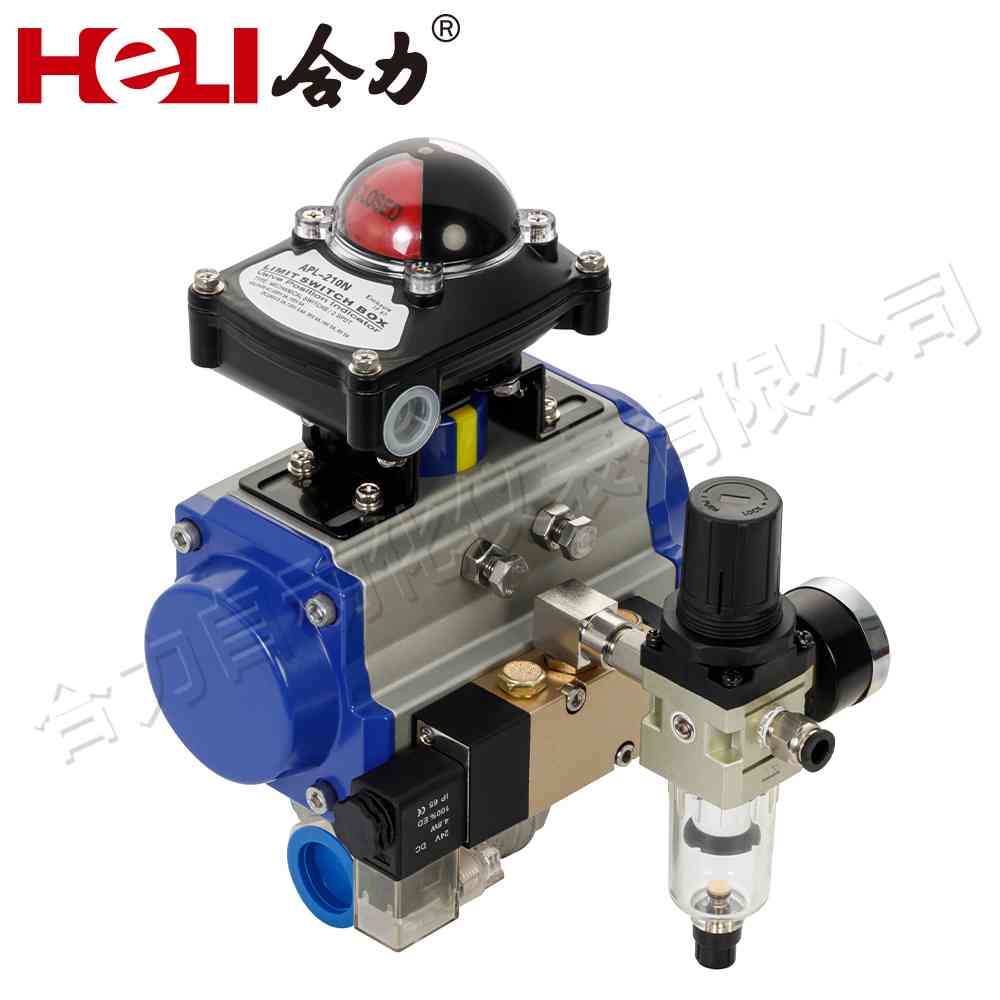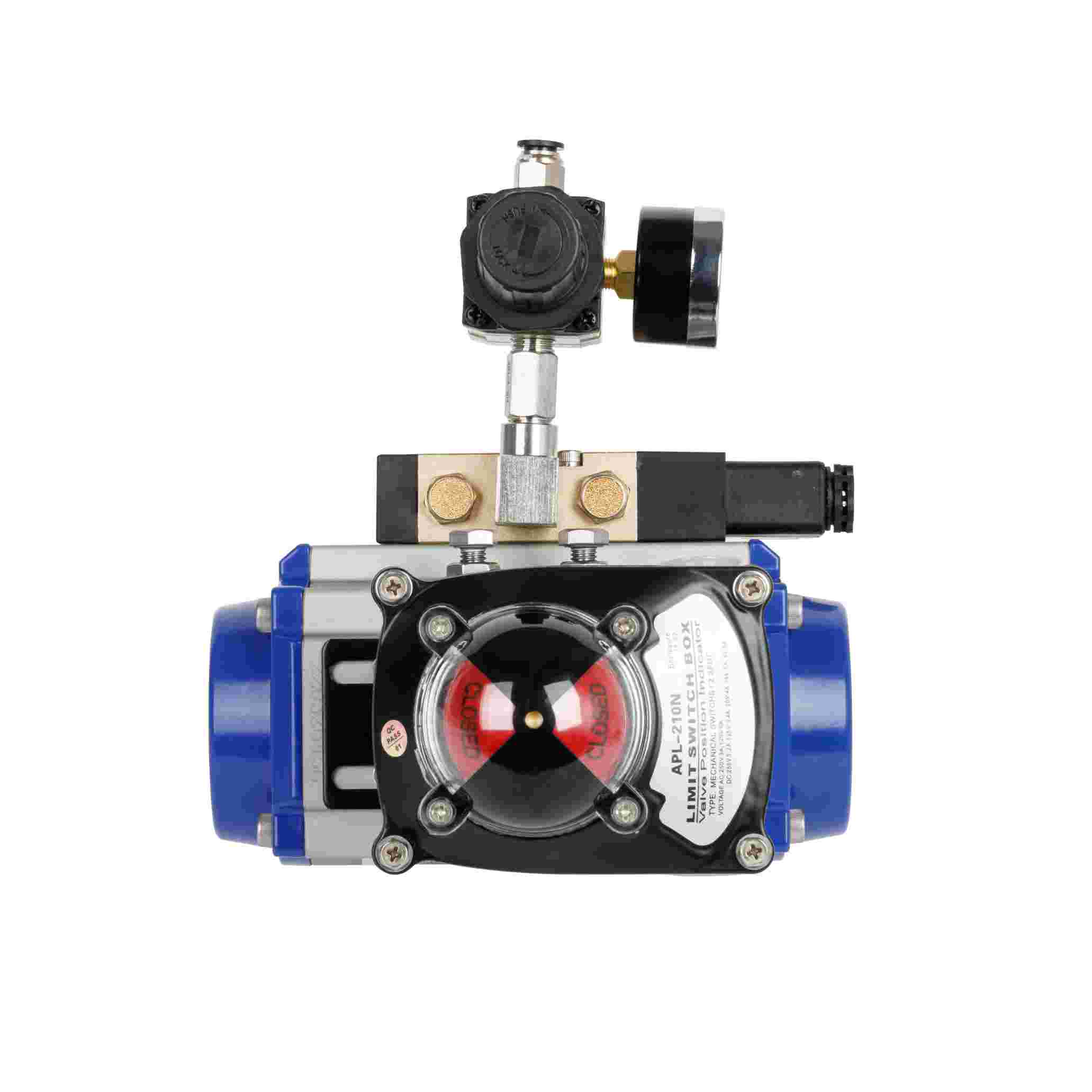
Hydrogen Energy Pneumatic Actuators are gaining significant attention in various industries as they combine the advantages of hydrogen fuel with pneumatic technology. These innovative actuators offer a cleaner, more efficient alternative to traditional pneumatic actuators that rely on fossil fuels or electrical energy. As we move toward more sustainable energy solutions, hydrogen-powered pneumatic actuators are poised to play a crucial role in reducing carbon emissions and enhancing energy efficiency. In this article, we will explore the working principles, benefits, challenges, and potential applications of Hydrogen Energy Pneumatic Actuators.

Working Principles of Hydrogen Energy Pneumatic Actuators
A Hydrogen Energy Pneumatic Actuator operates by using hydrogen as the primary energy source to power the pneumatic system. The actuator typically consists of a hydrogen fuel cell or a hydrogen-powered compressor that generates the required pressure to operate pneumatic components like cylinders, motors, or valves. These components generate mechanical motion, which can be used for tasks like moving a piston or rotating a shaft.